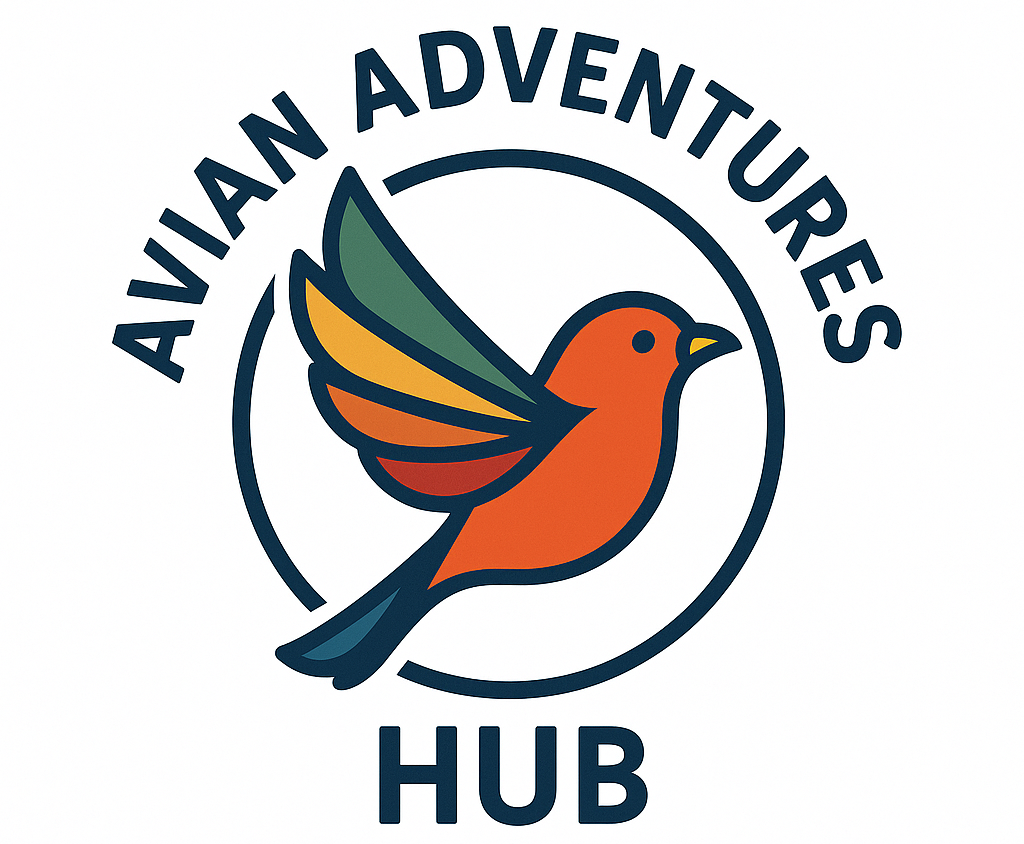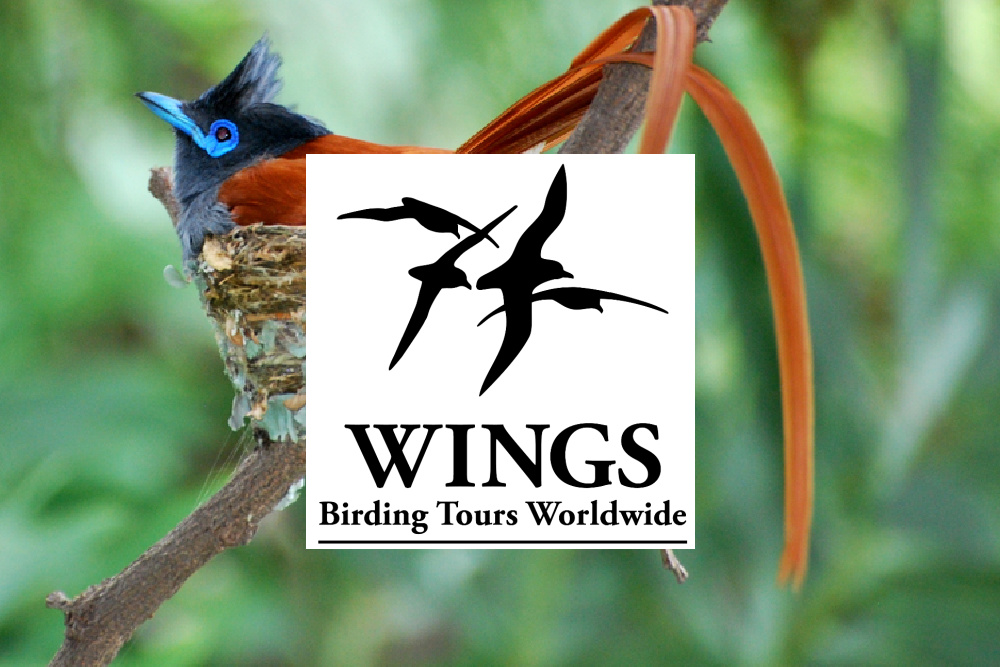Brazil: The Northeast – Bahia the Beautiful
Click link below to learn more:
Length of trip
Description
Bahia is known among Brazilians as a cultural hotspot celebrated for exotic food, mysterious religions, and energetic dance forms. But it’s also a natural history wonderland, encompassing nearly all that Brazil has to offer. From coastal white-sand woodland, to interior caatinga, to the moist mata atlântica of the hilly south, to the extremely localized viney mata de cipó, to the complex mix of habitats at Chapada Diamantina National Park, we’ll make a circuit through this largest of the northeastern states in search of its varied avifauna and local endemic species. During our short trip we’ll visit two major biomes, the cerrado and the Atlantic Rain Forest. The cerrado covers about one-quarter of Brazil’s territory and supports one of the planet’s biologically richest savannas. It’s typically an open to semi-open habitat, making birding quite easy, and includes a mix of grassland, wooded savanna, dry forest, and stone gardens.
We will start our trip looking for the splendid and sadly endangered Indigo Macaw, whose world population is estimated at fewer than 1000 individuals. These birds live in a remarkable place where the amazing caatinga vegetation mixes with landscapes of red cliffs and giant cacti. We’ll make a donation to the NGO protecting land for the macaw (and plenty of other interesting species), so our visit will also contribute to the conservation of these fantastic birds. We recognize that the drives to and from the macaws are long, but these birds are magical as is the place. Following our exploration of the cerrado, we will visit one of Brazil’s most scenic places, the Chapada Diamantina, where several plateaus are surrounded by impressive cliffs. The area hosts a unique botany and a long list of endemic and specialized birds, including Hooded Visorbearer, Sincora and Caatinga Antwrens, Diamantina Tapaculo, São Francisco Sparrow, Pale-throated Pampa-Finch, Black-throated Saltator, and so many more.
On the second part of our trip, we’ll prospect the northern part of the threatened Atlantic Forest, from sea level to 3000 feet. We’ll stay two full days at a wonderful lodge at Serra Bonita, and then explore the coastal area near Porto Seguro. We have a great chance of finding the “vulnerable” Pink-legged Graveteiro (discovered only 25 years ago), the endemic Bahia Tyrannulet, Bahia Antwren, and Bahia Spinetail, the minute Buff-throated Purpletuft, the stunning Banded and White-winged Cotingas, and a multitude of more widespread but still beautiful species, including Pin-tailed Manakin, White-shouldered Fire-eye, Spot-billed Toucanet, and plenty of colorful tanagers.
Note: In 2025 it’s possible to do this tour back to back with Brazil: Minas Gerais.

